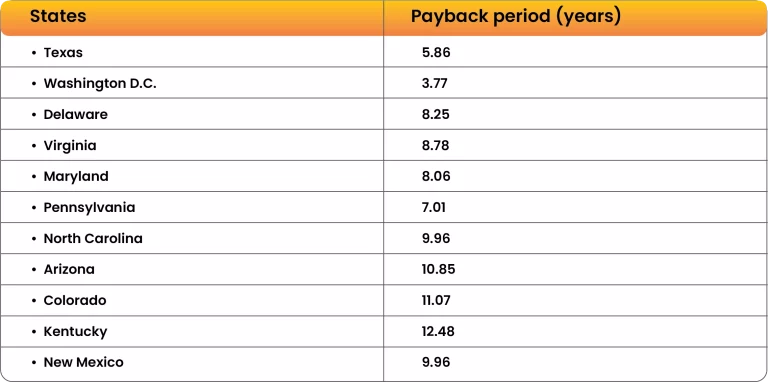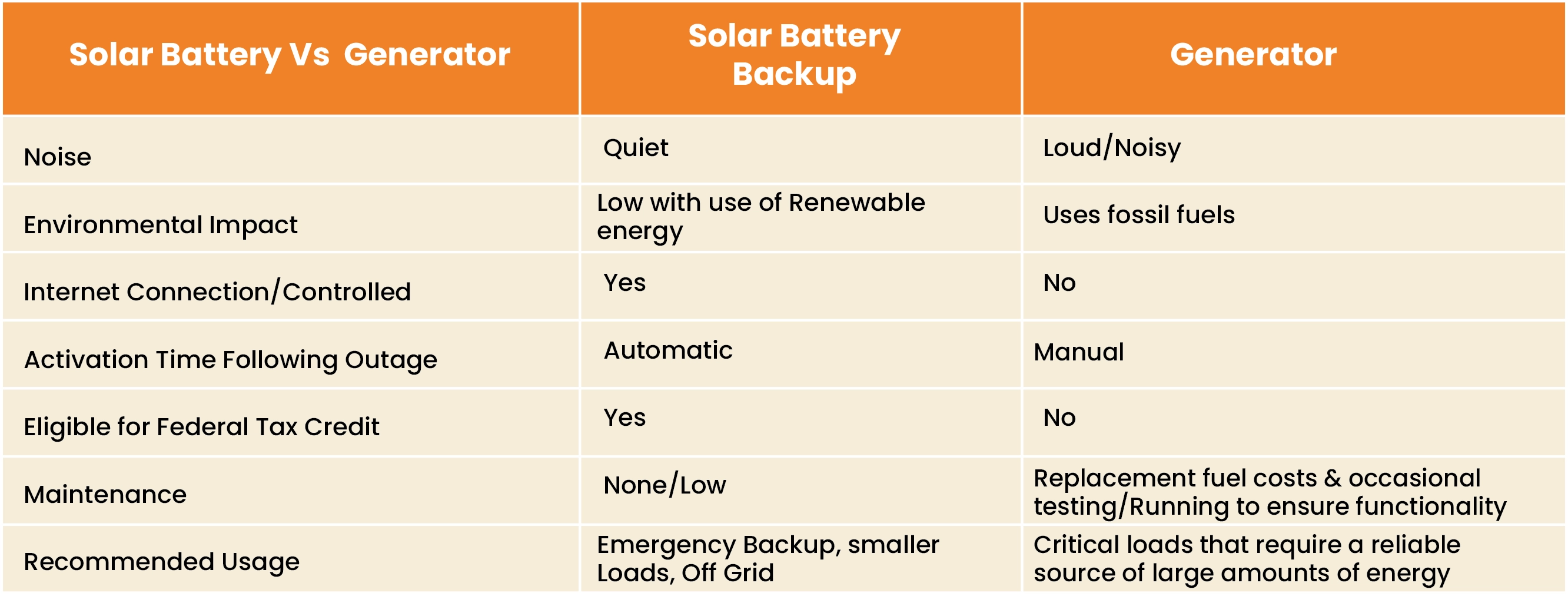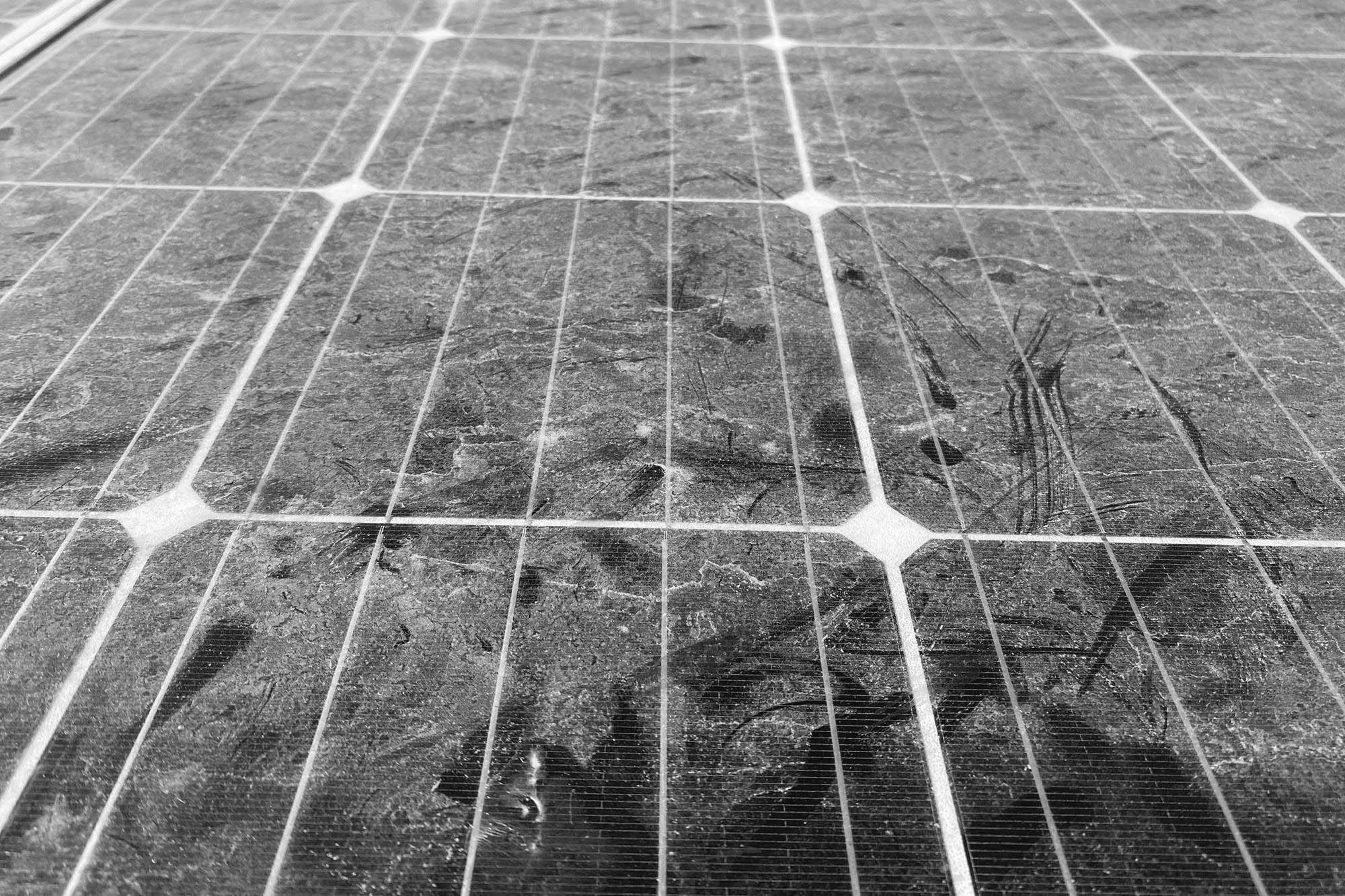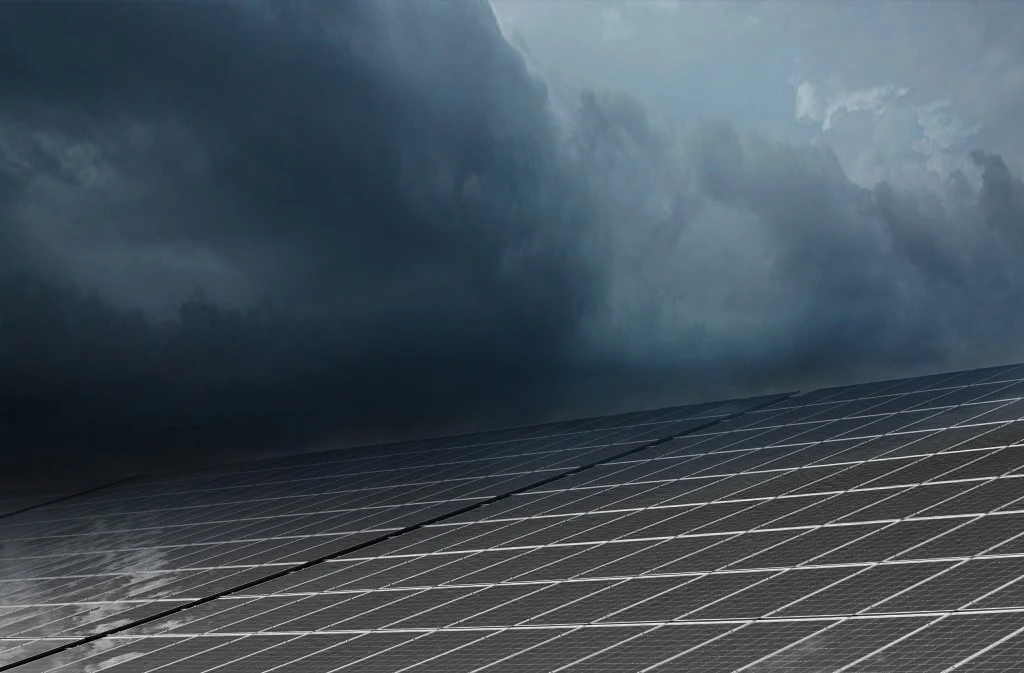- Updated On: March 27, 2025
Solar Payback Period: How Long Does It Take for Solar Panels to Pay for Themselves?

What is the solar payback period?
The payback period of solar panels refers to the time it takes for solar system owners to recoup their solar investment. It is usually calculated in years. Also, your financial savings, like net metering credits, local solar incentives, tax credits, and SRECs, play an important role while calculating the payback period. A shorter payback means a high return on investment. However, a U.S. homeowner may expect that their home solar energy system will pay for itself in between 9 and 12 years. After this period, you can enjoy maximum savings as the power your system generates will be considered free. Moreover, it also varies by state, based on the availability of incentives, the cost of solar, and the cost of power. So, if you live in one of the best states for solar offering incentives and programs, you will likely get ROI in a shorter time.
What is considered a good payback period?
The average lifespan of a solar panel is at least 25 years. However, as technology advances, modern solar panels are designed to last even 30 years. A duration of less than half of a panel’s lifespan is considered a good payback period for a system. So, if your panels pay for themselves in 10 years, you will still have a minimum of 15 years to enjoy solar savings and free electricity.
Solar Payback Period by State

How to calculate your solar panel payback period?

Combined Costs = Total System Cost - Tax Incentives - Rebates
Combined Costs = $15,000 - $4,500 - $1000 = $9,500
Annual Savings: The next step is to calculate your annual savings. For this, you should know your yearly electricity cost savings with solar. Assuming your system fulfills 100% of your power requirements and saves you $1,700 in a year. Moreover, you must also know how much your other annual incentives, like solar renewable energy credits or net metering, are. Now let’s assume you get $340 by selling SRECs and your total benefits are $2,040. The formula is:
Annual Savings = Annual Electricity Cost Savings + Annual Incentives
Annual Savings = $1,700 + $340 = $2,040
Payback Period in Years = Combined Cost of Solar System Cost / Annual Savings Payback Period in Years = $9,500/$2,040 = 4.7
What are the top 5 factors that lead to shorter solar panel payback periods?

Tax Credits & Solar Incentives: A 30% federal tax credit and local solar rebates help to cut off the installation costs, leading to a shorter period to recover your solar investment.
Efficient Home Solar System: If you have installed a high-quality system, it will generate excess power, which you can sell and earn.
Sunny Locations: If you live in an area with long hours of sunlight, you will have a great opportunity to generate more power and shorten your solar payback.
Solar System Sizing and Angle: If you have a tailored system with a right angle facing and no shading effects, you can maximize power production and minimize your payback period.
Decreasing Costs: With technology advancements, now budget-friendly solar panels and equipment are in the market. Also, if you choose the best local solar installer who ensures optimal system performance, the time to get a return on your investment will become short.
In conclusion, if you want a return on your solar investment in less time or to shorten your solar payback period, it is vital to choose a well-designed system. Also, only a good local solar installer can assist you with the right system size and type, orientation, and solar brands to maximize your savings. Additionally, adding a battery backup is a great option for less grid resilience and more power independence and also leads to shorter payback periods.
Solar SME is a top-rated local solar installation company near you, offering tailored solar energy systems and backup solutions. You can book a FREE appointment, and our energy experts will help you with all of your concerns. You can also get a quote for an estimation of your solar savings with our smart solar calculator.
Related Articles:
Due to the increasing electricity demands, it is crucial to rely on abundant and renewable energy sources.
Solar energy is an eco-friendly substitute for fossil fuels, which release greenhouse gasses that cause climate change. Solar energy is growing in popularity.
Hurricanes are powerful natural disasters that can wreak havoc on buildings and destroy infrastructures causing economic and personal losses.



